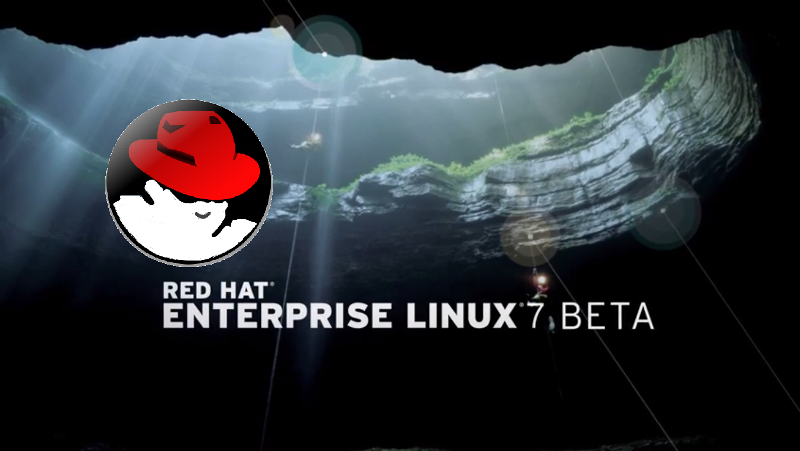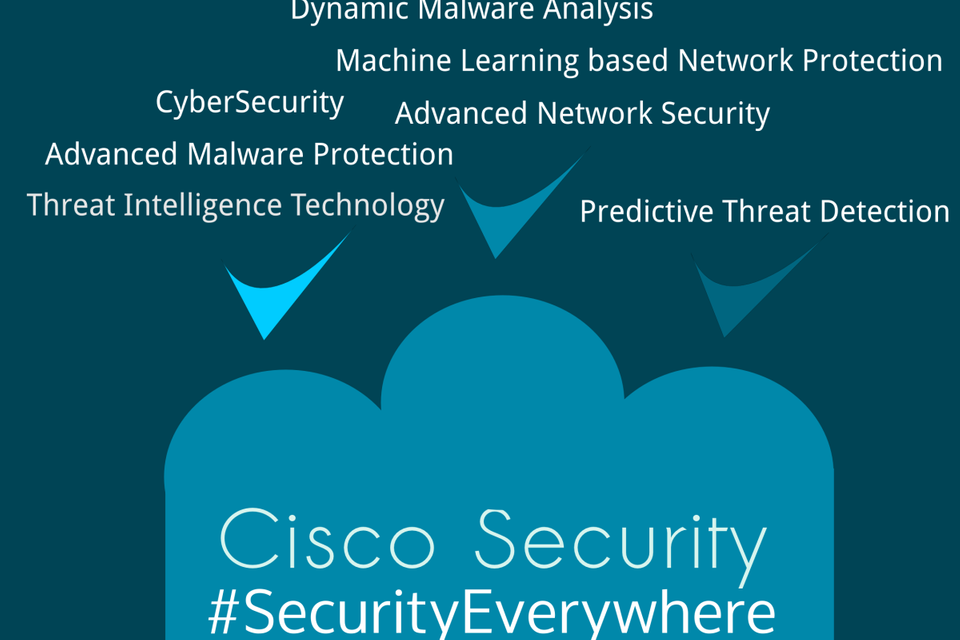I´m a long and proud Linux user since 2006, and in my geek life like a Linux user and advocate; I´ve used more than 20 different Linux distros since the days of compiling from stage 1 with Gentoo, crack a new Windows-based machine with an amazing Knoppix 3.8 LiveCD, from compiling the new version of the kernel to extract the maximum performance of a 256 MB RAM PC with a ligth and minimalist desktop environment.
Then, I had the pleasure to be in charge of a complex platform where the main OS was Red Hat Enterprise Linux, and after two months working with it, I said: Wow, this is another kind of Linux ready for the enterprise.”. Then, I heard some great news: “Red Hat become in the first Open Source billion dolars company”, and I wrote a post about it.
Then, I found Fedora Linux, and I’m happy with it yet. Then, I wrote about why Jim (Red Hat’s CEO) and his team should create some critical partnerships to drive Hadoop and Big Data market focused in the security of the platform. But, right now, I think that there’s an inflection point with the new release of Red Hat Enterprise Linux 7. Keep reading why I think that RHEL 7 chould change the path for Big Data and Cloud Computing markets.
It’s based in Fedora 19 with the 3.10 kernel
Fedora 19 was an amazing release with a great group of useful features, and Red Hat always listen to its customers, so there are many of them present in this new release.
One of the most request things was the inclusion of the version 3 of the kernel inside the commercial distribution for its great performance gain in memory management, something critical for Big Data apps like Hadoop and HBase.
It’s ready for a true solution provider for Open Hybrid Clouds
Red Hat is always in the front of innovation when you talk about Cloud Computing, and RHEL 7 is not let behind. With the integration between the company and Docker is what Brian Stevens calls “the redefinition of Infrastructure-as-a-Service(IaaS) and Platform-as-a-Service(PaaS)” where OpenStack and OpenShift play a key role:
One of the most critical and hard tasks when you have to manage a Hadoop cluster is the ability to quick provision of virtual machines ready for work; and with this kind of innovation with OpenStack; you could control the growth of your cluster easier. To read more about this topic, you could read a great post by Shaun Conolly, VP of Corporate Strategy at Hortonworks. To get even deeper, you should visit Project Savanna’s page or you can see this presentation here:
But, I think it’s just the beginning, because there are many rooms for innovation. Why? What about the prominent future of Real-Time Analytics platforms like Storm, YARN, Spark/Shark, etc? Yes, there are a lot of work to do yet.
Putting filesystems and networking to the limits
When you see the level of innovation in filesystems and networking, you see why Red Hat is again in the front. XFS will the default filesystem with the ability to create a single filesystem up to 500 TB, and if you use ext4, the limits goes from 16 to 50 TB. Btrfs will be included too like a technology preview. I love this because Btrfs is a Copy-on-Write filesystem very similar to ZFS, the well known filesystem and volumen manager present in Solaris and FreeBSD.
And about networking, for me the most useful feature if the 40Gb Ethernet support. This is important for intensive network-based platforms like Hadoop and Storm, where transfer speed is critical for them; and of course to be up to date with the last networking standard like the amazing Arista 7500 Series from Arista Networks. if you want to see how networking can affect, you must see the great presentation that Benoit “tsuna” Sigoure, Member of the Yak Shaving Staff at Arista Networks in the past HBaseCon 2013:
Conclusions
I think that you are a current or prospective RHEL’s customer, you should try it today. They are calling all testers for the beta, so download it today and let me here you comment about your experience. And if you want to get deeper about the completed RHEL’s roadmap, you could see this presentation:
and of course, stay tuned for the next Red Hat Summit in April.




